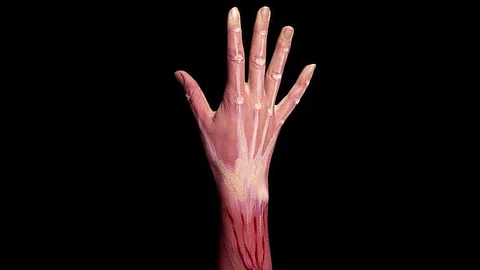In a previous study from 2017, Hicks and Pyle made strides to create and repair skeletal muscle, termed progenitor cells, in the lab with gene editing. Yet to date, retention of human muscle progenitors after transplantation from cells grown in the lab has proven challenging.
Results from this study have identified several key receptors and ligand candidates on the muscle progenitor cells that could allow for them to interact with the myofibers, but these candidates will need to be validated before they can be used as therapeutic targets to improve muscle regeneration.
The study was funded by the Muscular Dystrophy Association, the NIH National Institute of Arthritis and Musculoskeletal and Skin Diseases (NAIMS), the UCI Institute for Clinical and Translational Science, and the California Institute for Regenerative Medicine.
About the UCI School of Medicine
Each year, the UCI School of Medicine educates more than 400 medical students and nearly 150 PhD and MS students. More than 700 residents and fellows are trained at the UCI Medical Center and affiliated institutions. Multiple MD, PhD and MS degrees are offered. Students are encouraged to pursue an expansive range of interests and options. For medical students, there are numerous concurrent dual degree programs, including an MD/MBA, MD/MPH, or an MD/MS degree through one of three mission-based programs: the Health Education to Advance Leaders in Integrative Medicine (HEAL-IM), the Program in Medical Education for Leadership Education to Advance Diversity-African, Black and Caribbean (PRIME LEAD-ABC), and the Program in Medical Education for the Latino Community (PRIME-LC). The UCI School of Medicine is accredited by the Liaison Committee on Medical Accreditation and ranks among the top 50 nationwide for research. For more information, visit medschool.uci.edu.(VP/Newswise)


